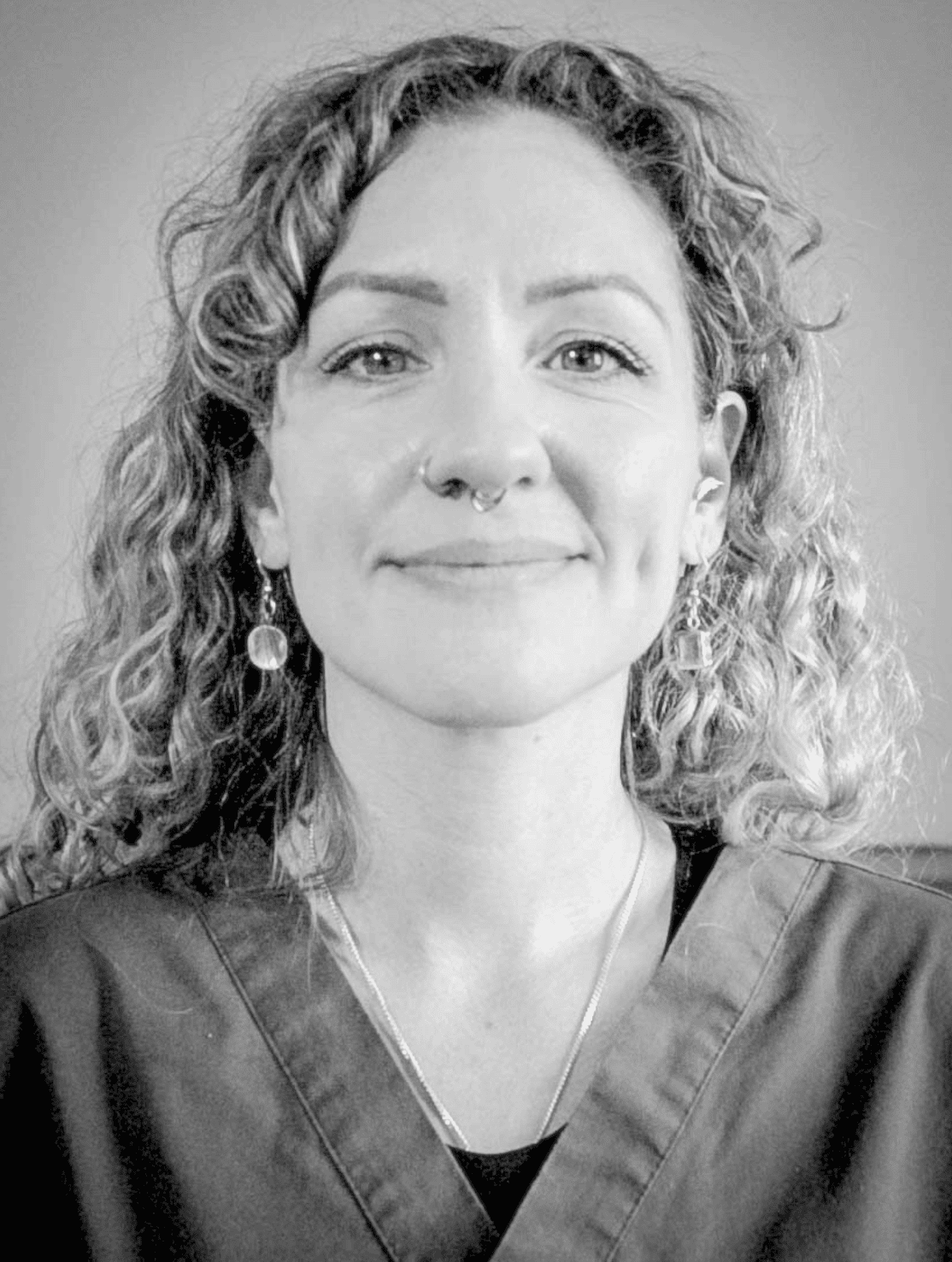Hip pain can make simple things surprisingly hard—walking further than a few minutes, climbing stairs, getting up from a chair, sleeping on your side, running or lifting at the gym. Since 2001, Osteopathy London has helped people across Central & East London recover quickly, move better and get back to what they love with clear diagnosis, hands-on treatment and targeted rehab.
Does this describe you?
• Groin pinch or front-of-hip pain when standing from a chair or taking stairs
• Outer hip pain (side of hip) when lying on it or after long walks
• Buttock ache with sitting, sometimes with tingling down the leg
• Morning stiffness or a “start-up” pain that eases as you move
• Pain lingering despite rest, stretches or online advice videos
• A tender “hot spot” on the outer hip bone (greater trochanter)
• Hip pain that flares with running, hills or change of direction
What factors can lead to hip pain?
Hip problems rarely come from a single event. More often they build when load exceeds capacity.
• Sudden spikes in walking/running volume, hills or speed work
• Strength training changes (new programme, heavier lifts, deeper range)
• Prolonged sitting or deep hip flexion (compressed front of hip)
• Side-sleeping on an uncomfortable bed
• Reduced gluteal or trunk strength placing extra stress on the hip joint
• Stress and poor sleep increasing pain sensitivity and slow recovery
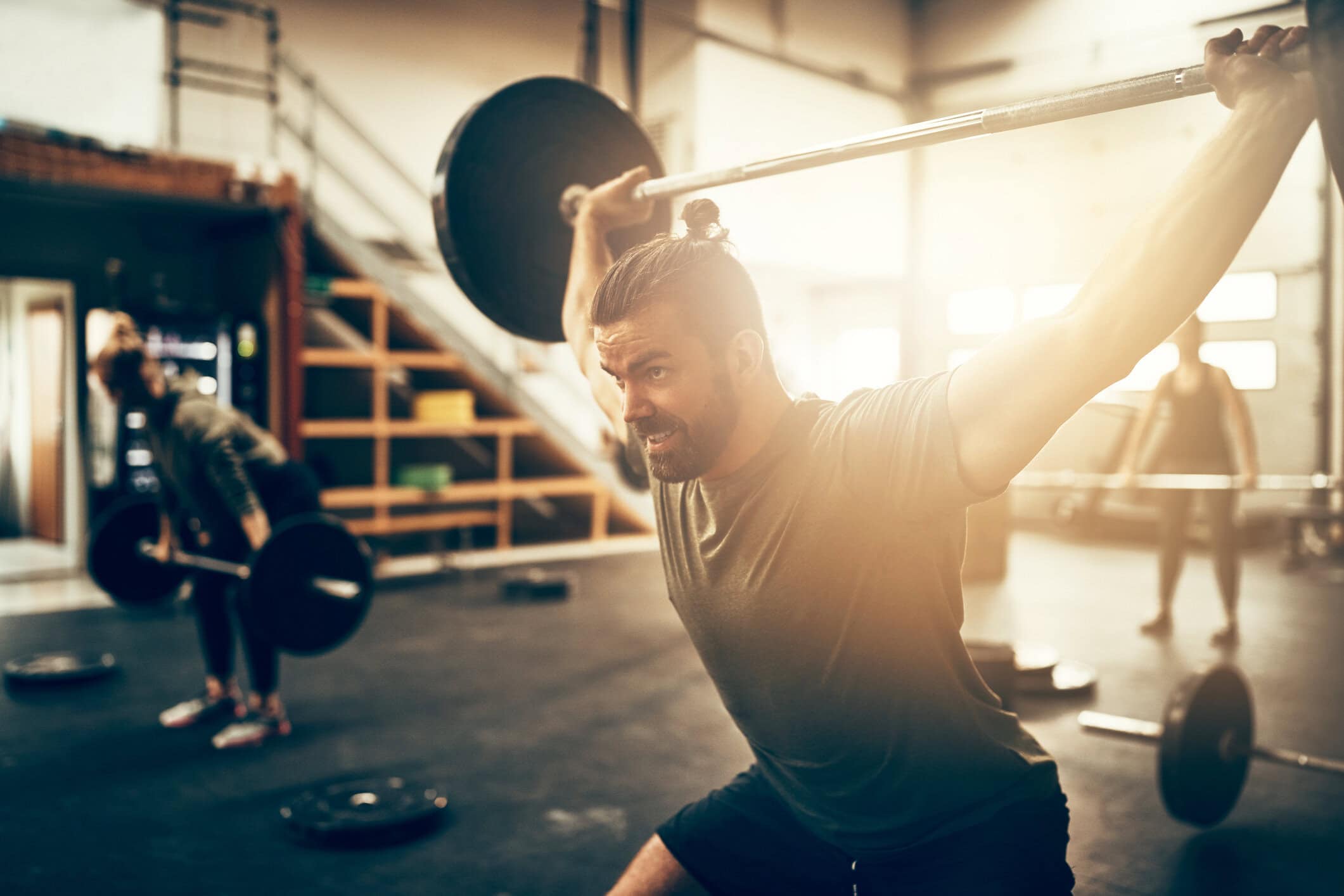

What causes hip pain?
Causes are individual. These are the common patterns we see and treat:
• Gluteal tendinopathy / GTPS (“trochanteric bursitis” type pain) – outer hip pain, worse lying on that side, walking hills or standing long periods
• Hip impingement (FAI) and labral irritation – pinch at the front of the hip with squats, sitting to standing, twisting or longer sitting
• Adductor-related groin pain and hip flexor strain – pain with change of direction, kicking or sprinting
• Hip osteoarthritis – stiffness, start-up pain, reduced movement and confidence with weight-bearing
• Piriformis-type and sciatica-like pain – buttock pain with sitting, possible referral down the leg
• Referred pain from the lumbar spine or Sacro-iliac (SI) joint – hip pain patterns driven by the back/pelvis
Scans are rarely needed initially. A precise clinical assessment guides targeted treatment and rehab for faster, safer progress.
Your Path to Lasting Relief: Osteopathy London's 3-Part Hip Pain Programme
1. Your New Patient Appointment.
Case History
We’ll explore when your hip pain began, what movements or positions make it worse, your activity levels, work and sport demands, and any past injuries. This helps us spot whether the source is the hip joint itself, tendons, muscles, or referred from the back or pelvis.
Physical Examination
A comprehensive assessment includes movement tests for the hip, groin and pelvis, palpation of tendons and muscles, joint mobility checks, and assessing the strength of your gluteals, core and hip rotators. We’ll also screen your lumbar spine and SI joint, and carry out a basic neurological check if indicated.
Your diagnosis & treatment plan
We explain clearly what’s driving your hip pain and agree a plan that fits your needs. This usually blends hands-on treatment with a staged exercise programme, lifestyle tweaks (sleep, sitting, stairs), and clear markers to track progress.
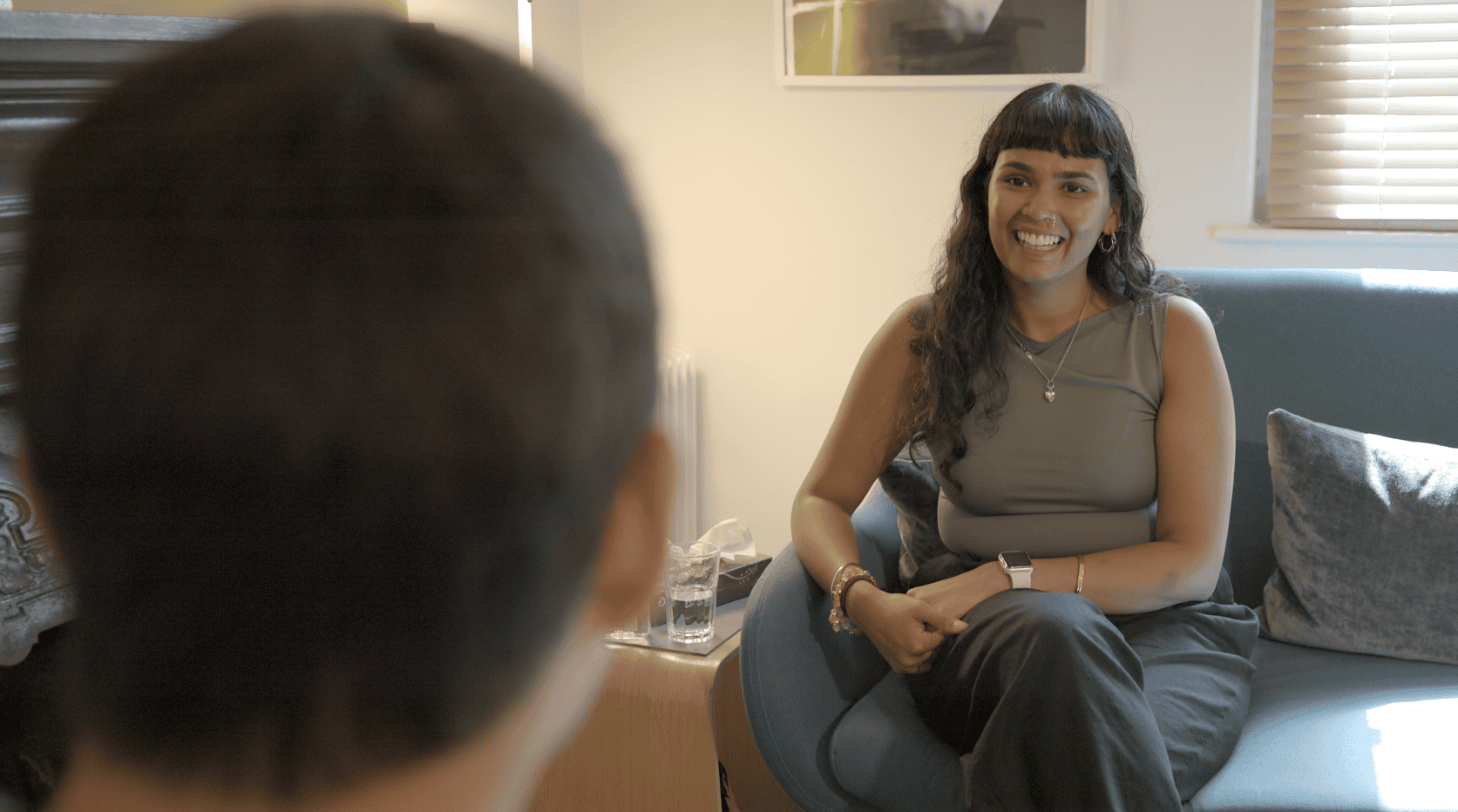
2. Hands-on treatment for hip pain
At your first visit (and follow-ups) you’ll receive tailored treatment to reduce pain and restore easier movement, which may include:
Joint mobilisation for the hip, pelvis (SIJ), and lower back where relevant
Soft-tissue techniques for gluteals, hip flexors, adductors and rotators to ease overload
Joint Manipulation where appropriate in which osteopaths may use techniques that create a "pop" from a quick opening of the joint. This can relax the muscles around the joint and improve mobility.
Medical acupuncture (if appropriate and you’d like it) to reduce pain and muscle tension
Immediate advice on sleep, sitting and activity adjustments so you can keep moving without aggravating symptoms
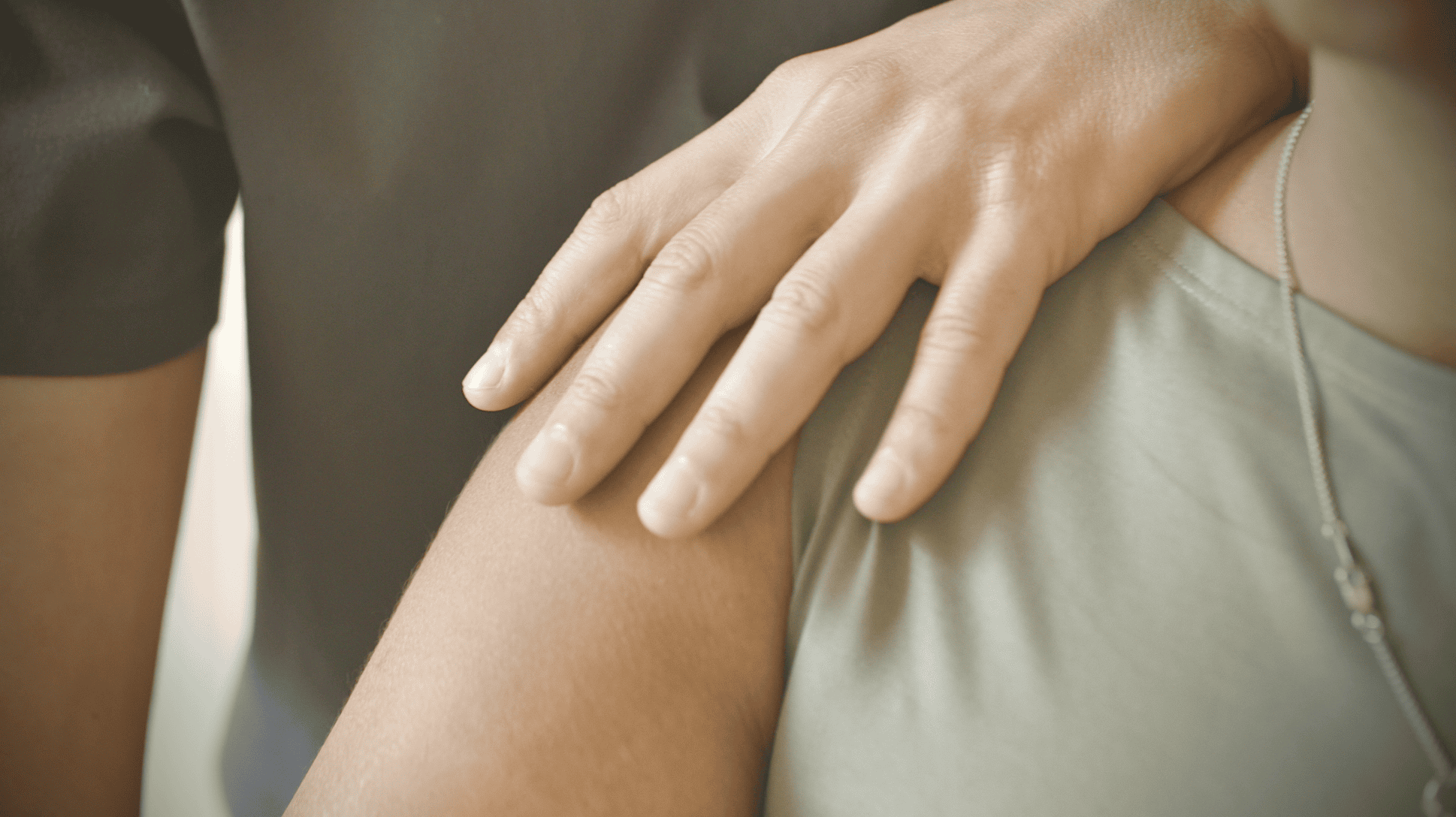
3. Breaking the cycle with rehab & prevention
Hip and tendon problems respond best to progressive, targeted loading and smarter habits. We’ll build you a plan that grows with your confidence:
Individualised exercise programme:
Early isometric (contractions without movement) holds to calm pain
Controlled strengthening for gluteals, rotators and hip flexors
Progression to eccentric (lengtheing under load) and functional loading (stairs, hills, running drills)
Mobility and movement control: improve hip range where needed (especially with impingement-type pain)
Core and trunk stability: to off-load the hip joint and prevent recurrence
Lifestyle & ergonomics: sitting height, sleep positioning, pacing and recovery strategies
Return-to-activity roadmap: graded return to walking, running, gym or sport, with technique cues to reduce risk of flare-ups
This combination speeds short-term relief and builds long-term resilience so you can move with confidence.
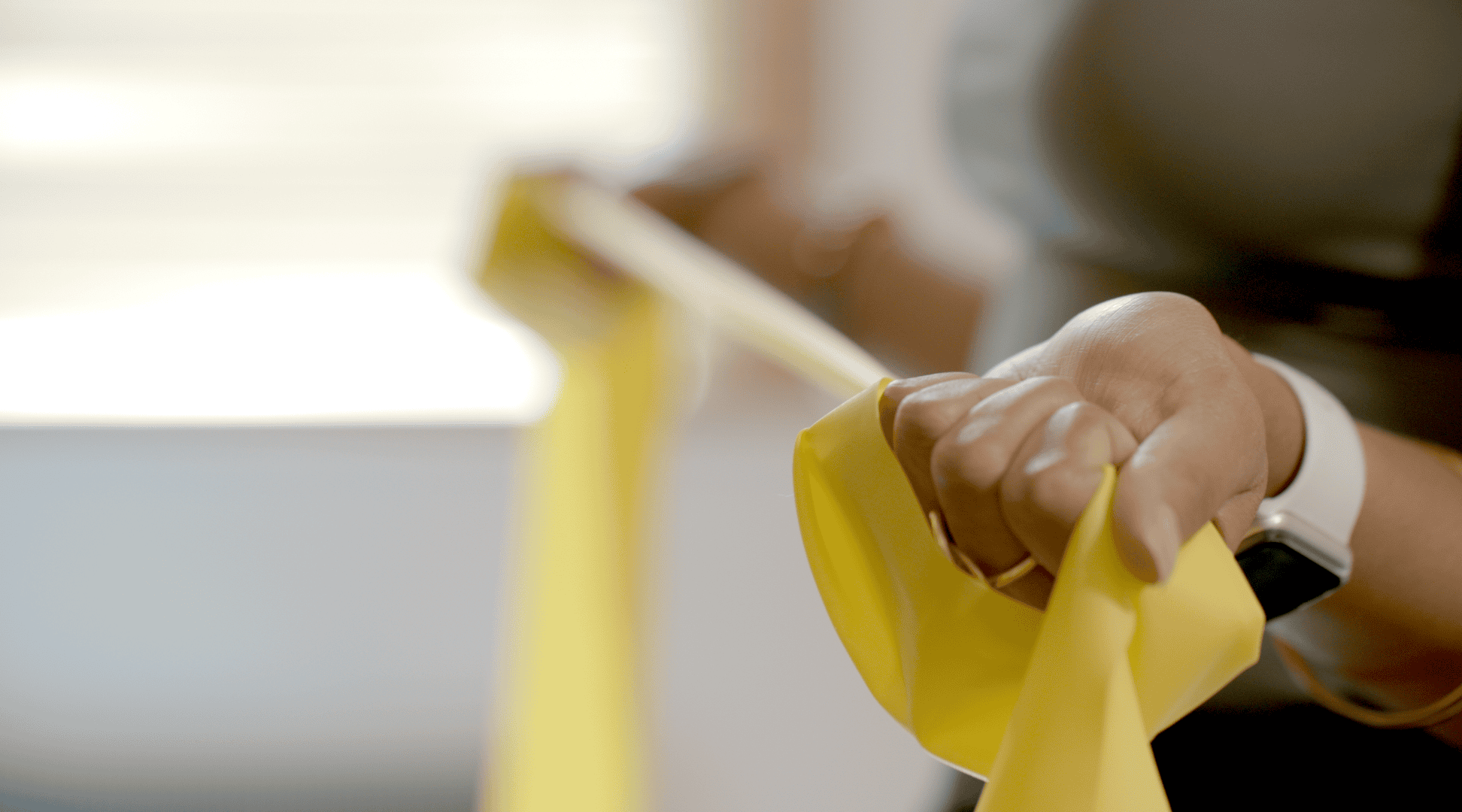

Common Questions About Hip Pain?
Ready for Relief? Book Your Appointment
Osteopaths are experts in diagnosing and treating hip pain. Click below to book your first step towards relief — or arrange a free 15-minute chat with John if you’re unsure.
Osteopathy London's Osteopaths with expertise in hip pain treatment
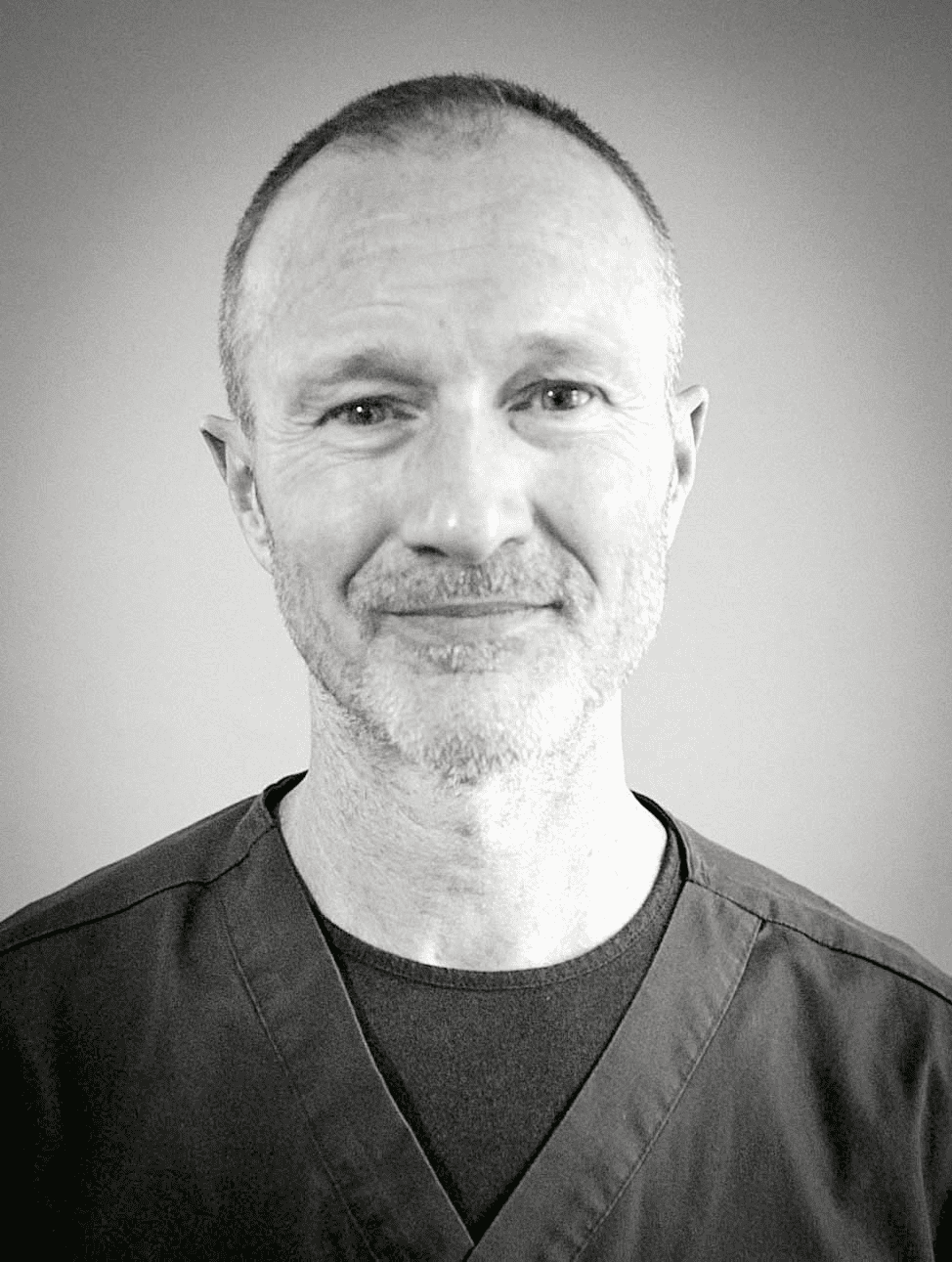
John (Clinic Director)
John provides Osteopathy, Cranial & Baby Osteopathy, and Medical Acupuncture
Read more.
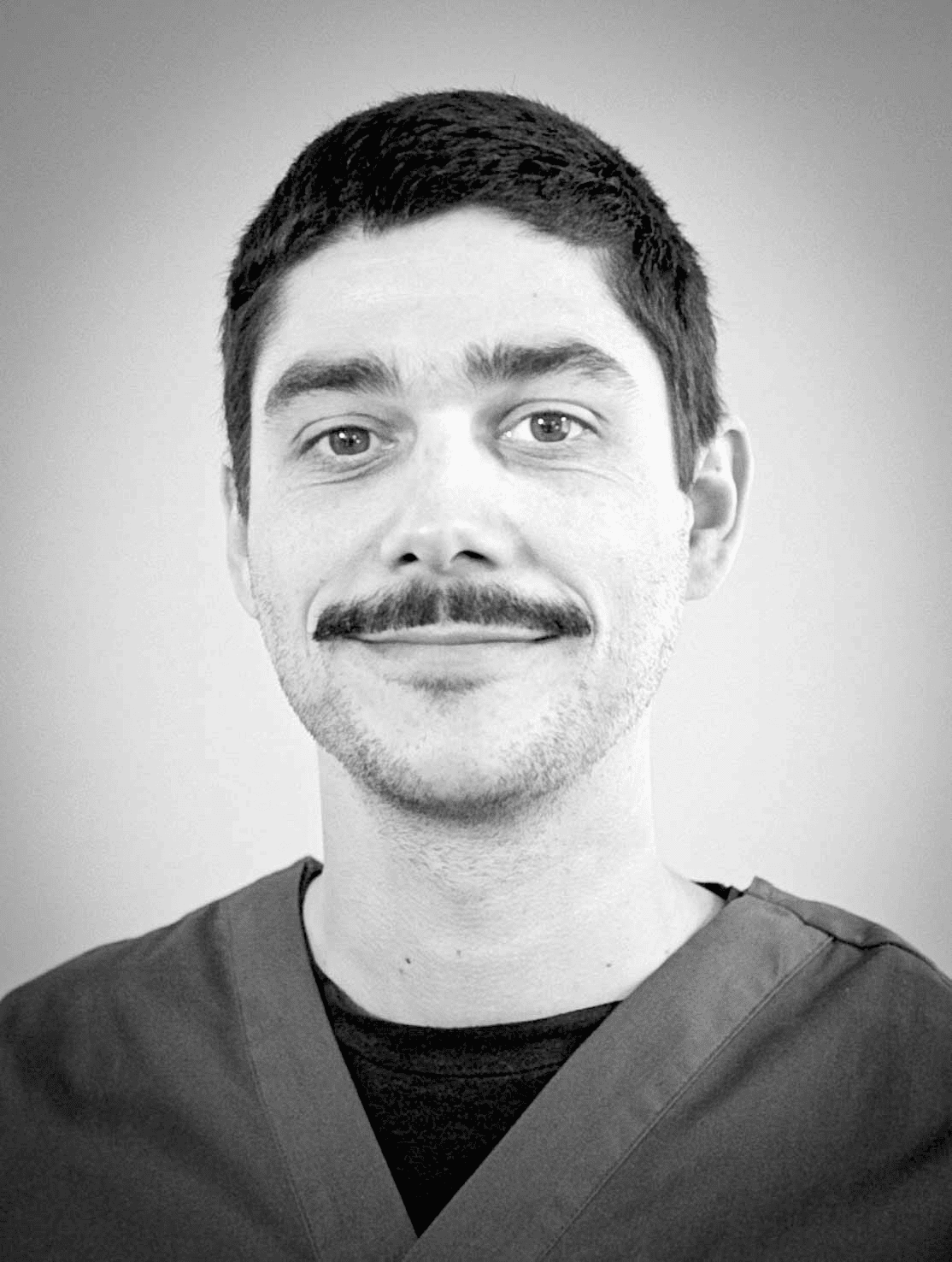
Gervais (Osteopath)
Gervais provides Osteopathy, Cranial Osteopathy, and Medical Acupuncture.
Read more.
Osteopathy London, 31 Roman Road, Bethnal Green, East London E2 0HU
© John Mallinder

